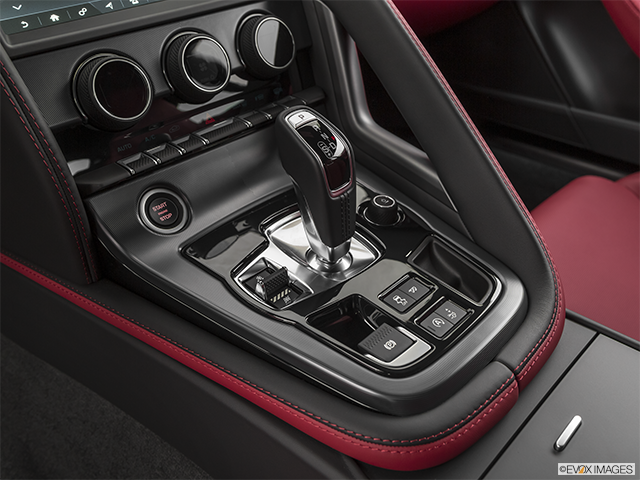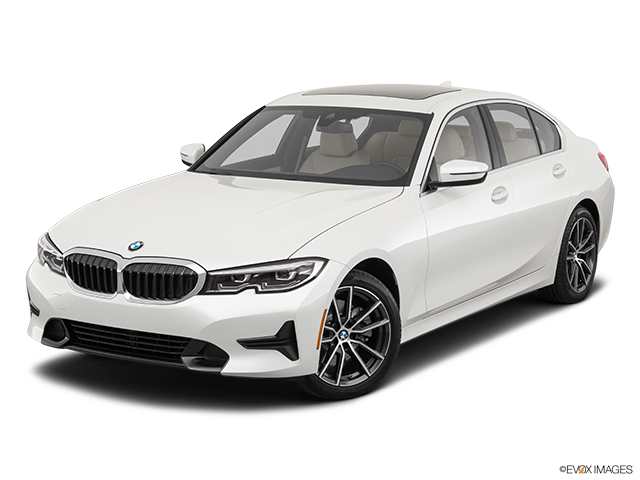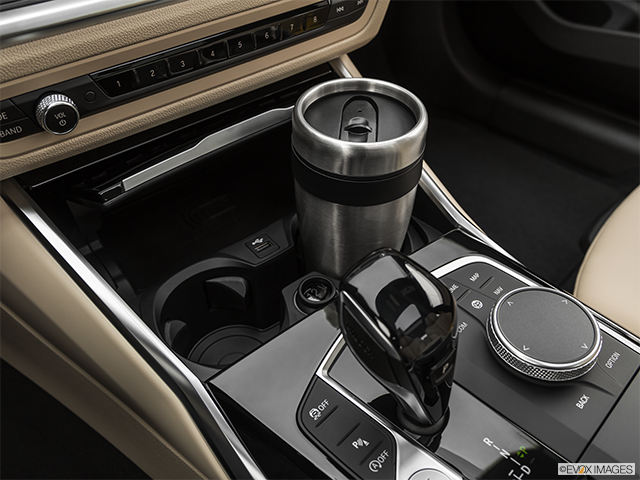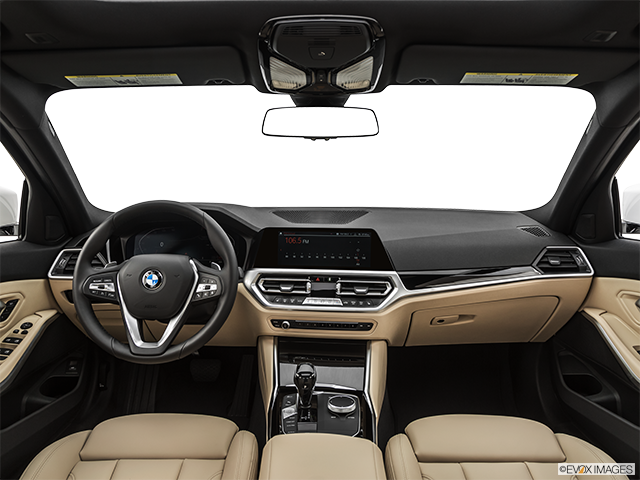The automobile industry was hit hard during Covid. Consumers were not flocking the dealerships, executives were working from home, and the industry was trying to keep production moving. According to BCG, however, sales in the U.S. and Europe were not expected to bounce back to pre-Covid numbers until 2023; in contrast, sales in China were faring better, and by 2025 the country could sell 30 million new vehicles.
In an interview with BRINK, Felipe Munoz, a global automotive analyst at JATO Dynamics, gave some insight into updates on the global auto industry. We’ll break it down and provide some possible predictions, too:
Insight: Asia Will Recover Quicker
Munoz told BRINK: “Some Asian markets (China, Japan, Korea) are likely to recover more quickly than the rest of the world. So far, they have managed to control the pandemic, and their sales are already showing signs of recovery….”
China dominates the industry and has for more than a decade. According to Statista, in 2018, China was producing 30 percent of all vehicles--more than the U.S. and Japan combined. China also was the first country affected by Covid, and, while the rest of the world dealt with increasing outbreaks, China had perhaps largely recovered from infection spread. Covid became a sort of domino effect across the globe, as it moved outside of China and began to spread everywhere.
While the U.S. and Europe locked down, China was perhaps past that standstill phase and could move back into a bit of normalcy. However, it is worth mentioning that the interview with Munoz was published in June, but BCG released its findings in December. Munoz predicted that Asia would see a quicker recovery, and BCG noted that, in fact, China seems to be recovering quite well.
The U.S. is far from being back to normal right now. Until a vaccine is available, consumers may not feel comfortable going out and they may be limiting their spending because of financial hardships related to the pandemic. There are so many factors in play when considering sales in any industry.
Looking at Asia and possible sales growth, though, may be a bit of good news for the industry. Will China really sell 30 million new cars by 2025? In 2019, China sold more than 25 million vehicles, and the country’s auto industry had been declining for two years (2018 and 2019).
Insight: Consumer Buying Habits are Changing
Munoz told BRINK: “This crisis will reshape societies across the globe, from interactions on car dealership floors to the way we travel.” Munoz noted that people may continue to work from home, which negates the commute, and also that combustion engine sales likely peaked last year.
To dig deeper into this means looking at the shopping trends during Covid. Did people flock to stores? No! Online platforms became the go-to shopping experience. If businesses didn’t have a heavy online presence before Covid, the pandemic likely changed the way they did business; online might have been the key to survival in places where nonessential businesses closed.
Even car dealerships pivoted to digital, and this dovetails on what Munoz told BRINK. Covid did change dealership interactions. In fact, the use of sites that offered virtual showrooms like RelayCars saw a boost of traffic during the pandemic. While some dealerships might have been open (different states had different mandates), an online sales presence was becoming more normalized for the auto industry.
Before Covid, dealerships might have had some of their available vehicles listed online. During Covid, though, many dealerships likely realized that providing a comprehensive list of their available vehicles gave consumers a better understanding of what they could purchase. If dealerships limited foot traffic or were closed for those browsing, online became the ideal way to window shop for a vehicle. One-and-done experiences also could have been a part of the digital experience; consumers might have been able to complete the full vehicle transaction online.
As Munoz told BRINK, Covid also impacted the commute. Working from home meant that people were driving their cars less. Work from home could continue for workers, which, again, means less miles on the car.
How might this affect the industry, the idea that commuters might not be commuting? Less driving and less mileage might mean that individuals hold onto their car for a longer period of time. The wear and tear on that vehicle likely would be less severe because of the limited use.
Insight: Self-Driving Cars and Electric Vehicles Might be the Future
Munoz told BRINK that electric cars “…are the perfect response to the environmental threat and the new normal.” And electric cars won’t be far behind.
Electric cars can get great mileage on a charge. While many electric cars might be too pricey for a budget-conscious consumer, if the vehicles become the norm, perhaps the price will become more accessible. If more consumers work from home and drive less, an electric car could be the ideal option for those looking to get lots of mileage and life out of their investment.
As for self-driving cars, these vehicles do seem to be on the cusp of reality. Again, if the self driving car is applied to a work from home trend, the benefits of this new vehicle could be impactful.
While self-driving cars are still in development, it is interesting to theorize what features they could include. Perhaps teleconferencing is done via the car. Maybe the car will become a mini office. Have to run to the grocery store? Multitask in the car! If the world—or the U.S.—shifts to work-from-home, the lines between home life and work life become a bit blurred. Many workers know this from the pandemic experiences. So having a computer take over the task of driving could free up time for other things, and those tasks don’t have to be work related. Non-drivers could play games while the car drives to an event. The possibilities really are endless!
More Insights? The Potential Impact of Carsharing
Munoz touched on many points and factors that could impact the auto industry, but the impact of the carsharing trend also could affect automobile sales…and the industry. Carsharing is kind of like a car rental and a little like a membership program. The ‘sharing’ system allows for many people to share available cars. An individual can rent a car for a certain period of time to run errands; if they need frequent access to a car, some companies offer a membership.
One of the benefits of carsharing may be that individuals don’t have to deal with the upkeep of the automobile, although they do need to clean it after use. Not having a monthly car payment is another benefit. Different car sharing companies might have different features and stipulations.
If work-from-home becomes the norm for many workers, there could be a decreased need for private automobile ownership. Carsharing could be an option for those who don’t want to commit to an automobile. Those who use carsharing services can choose their ride; of course, prices may vary.
E-Hailing Might Affect the Industry, Too
Carsharing is a type of e-hailing, which encompasses transportation that can be summoned via phone. Thus, the term e-hailing. However, carsharing is but one option in this cyber transport world. E-hailing could include taxis or ridesharing services. Limo services could be e-hailing options, too.
The rise of ridesharing also may affect the industry. Like carsharing, the option to just hail a ride from the phone means that transportation is accessible even to those who don’t own a private vehicle…or those who just don't drive. McKinsey published a report titled “Disruptive trends that will transform the auto industry” that noted that fewer younger people were becoming licensed to drive a car. This typical teen rite of passage is apparently on the decline; McKinsey reported that it decreased five percent between 2000 and 2013.
Are younger people opting to carshare or rideshare? Is it more convenient for them to pull out a phone and call a rideshare service? It may be interesting to note if this trend continues. The statistic by itself is so interesting because it isn’t highlighting car ownership, but the ability to drive a car…to be licensed to drive a car. Without a driver’s license, driving isn’t an option. This points to either a reliance on public transportation or rideshare services. But those without a license would not likely pursue car ownership.
Looking Ahead
If predictions about the industry hold true, recovery could be slow. However, China—and Asia—might recover sooner than the United States and Europe. The industry may see some changes related to the types of cars being produced; the future may favor electric. And self-driving cars may become a reality that provides a unique option in a society that could include a larger remote workforce. The self-driving car may become a solace of sorts, an entertainment hub.
The stress of driving would be gone, and the driver could rest comfortably in the passenger seat playing games, conferencing or reading a book. Carsharing services and other e-hailing options might affect the industry, too. Perhaps those who don’t need to own a private vehicle utilize these services instead. And some may eschew a driver’s license completely.
However, while the future may bring change, manufacturers are probably preparing to adjust to these changes. After all, ridesharing and carsharing services still need cars…and manufacturers will still be in demand.
DRIVING INNOVATION IN AUTOMOTIVE IMAGERY
The EVOX Images database features the most innovative packages of interior and exterior stills, 360º vehicle imagery, and VR experiences. At more than a million images strong, our team consistently raises the bar on industry standards, and offers an unmatched delivery schedule.
Complete. Easy. Powerful. EVOX.
SEARCH OUR BLOG













